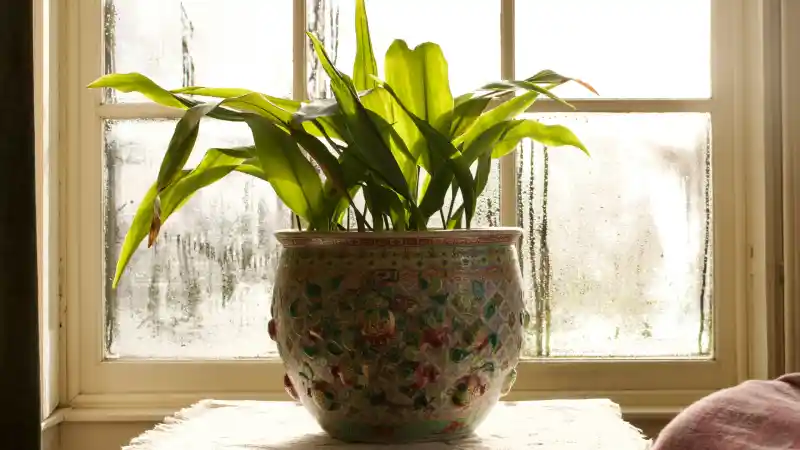Disclosure: This post may contain affiliate links, meaning we get a commission if you decide to make a purchase through our links, at no cost to you. Please read our disclosure for more info.
It is a tricky situation dealing with the mold issue, but with symptoms ranging from mild allergies to respiratory ailments, mold in the home is not something to take lightly.
Knowing how to tell if there is mold in your house is key to keeping your family healthy and your home in top shape.
It is easier than you might think with these helpful tips below we will show you just how to check for mold in your house.
In This Post:
How to Tell If There Is Mold in Your House
There are several different key indicators that mold might be present in your home, let’s take a look!
1. The Smell
One of the first signs of mold in your home is the odor, but what does mold smell like?
The smell can range but generally, it has a musty scent. Mold can also smell earthy or even like rotting wood. This unpleasant aroma comes from the Microbial volatile organic compounds or (MVOC) that mold will release as it spreads.
2. The Spots
The discoloration on your walls is another easy to see sign of mold. How do you spot mold? Spot the spots!
Mold will often appear as black discoloration that looks like spots or patches. With that being said, mold differs slightly in appearance based on the type. Mold damage repair can be challenging and costly if the mold gets too out of hand, so if you’re seeing spots it is best to get them checked out!
3. Tiredness and Fatigue
Mold can creep in and go undetected which can lead to some serious side effects for you and your family.
Listen to your body! Mold can make you feel tired and fatigued. Pay attention to how you are feeling on days that are more humid than normal as mold will thrive in these conditions.
4. Skin Issues
If you have an allergy to mold you can experience symptoms that range from tingling and itching to burning sensations and even rashes. Noticing excessive itchiness or even hives may be a sign it is time to do a thorough check for mold.
5. Paint Bubbles
Moisture in the walls causes paint to bubble. Mold and moisture go hand in hand. With a leaky plumbing issue or humidity, mold can become trapped between the wall and the paint making it harder to see.
6. Asthma
When mold spores travel into the lungs it can mean serious issues for those with asthma. In fact, 1 in every 5 cases of asthma in the United States can be attributed to damp or moldy conditions in the home. So, if your asthma is new or worsening you might have an issue with mold that needs addressing.
Bringing It Altogether
Mold happens…but it doesn’t have to ruin your home, life, or health!
Paying attention to the signs your body and home give you is the best way to stay ahead of the moldy situation.
Now that you know how to tell if there is mold in your house you should feel confident that you have to knowledge to keep your family healthy.
Check out the rest of our blog for more helpful articles about your home!


